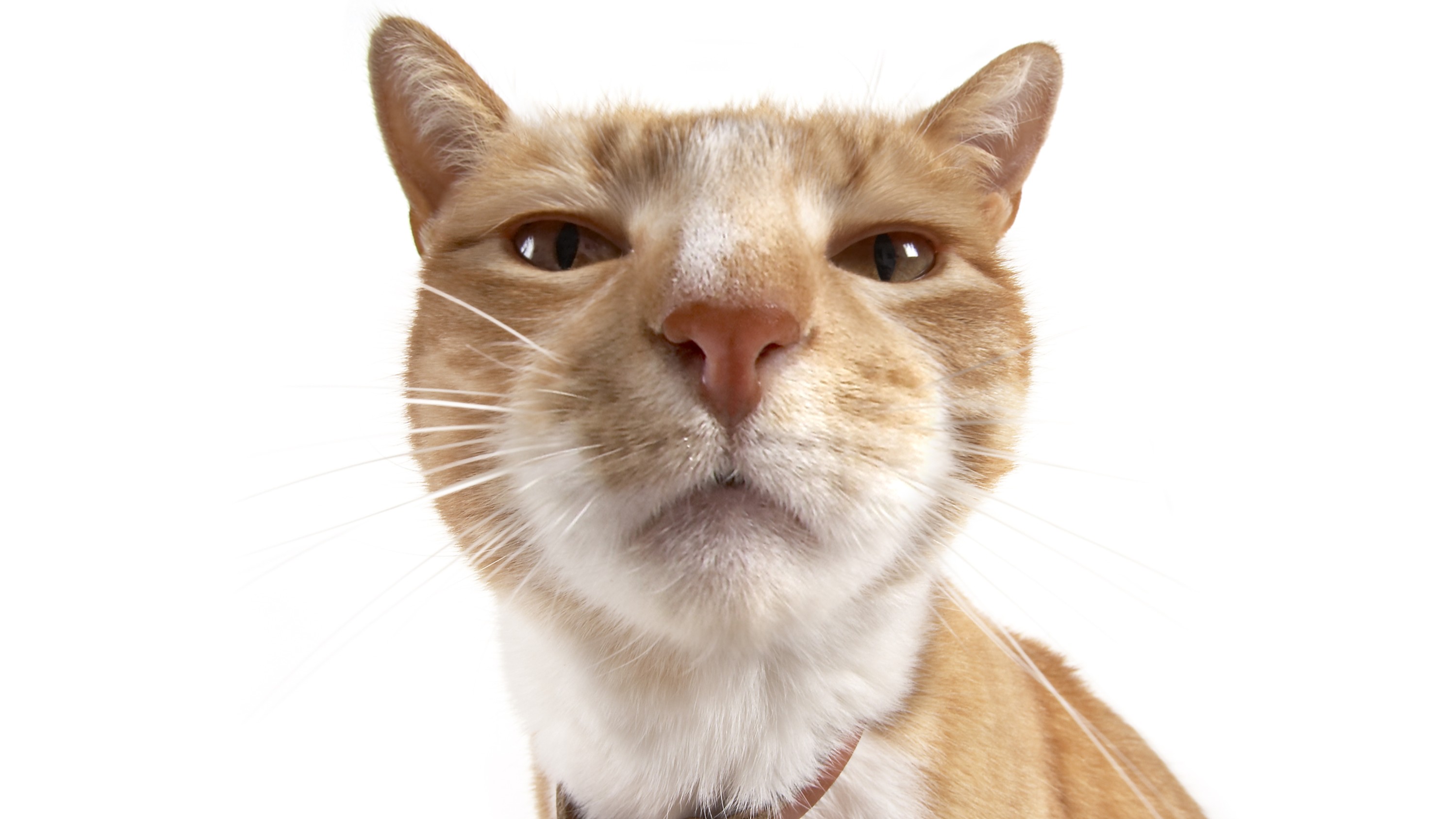Cats can smell the difference between their human friends and strangers from just a few sniffs of our body odor, a new study suggests.
Domestic cats (Felis catus) use smell to communicate with each other and hunt, so it’s an important sense for our feline friends. However, the new study, published May 28 in the journal PLOS One, marks the first time researchers have tested whether cats can distinguish different humans by smell.
The researchers found that cats spent longer sniffing a scent swabbed from a stranger than the scent of their owner, which indicates our pets recognize humans they are familiar with and put more energy into learning strange smells from people they don’t know.
“A shorter sniffing time suggests that when cats came across the smell of their guardian, they recognised it quickly and moved along,” Julia Henning, a doctoral candidate researching feline behavior at the University of Adelaide in Australia, who was not involved in the study, wrote in The Conversation. “But when they came to the swabs from an unknown person, the cat sniffed longer, using their superior sense of smell to gather information about the scent.”
Related: Scientists solve mystery of how orange cats got their coats — and why so many are male
Previous studies have established that cats recognize their owner’s voices and distinguish between familiar and unfamiliar human faces — though they’re not as good at this as dogs. Cats can also pick up on changes to their owner’s emotional states, some of which they recognize through body odor. However, until this latest research, researchers didn’t know the extent to which cats can recognize different humans from scent alone.
In the new study, researchers presented cats with three plastic tubes; one containing the scent of their owner, one containing the scent of a stranger and one containing no human scent to act as a control. The scientists obtained the scents by swabbing human participants under the armpit, behind the ear and between the toes.
The findings that cats spend longer sniffing a stranger’s scent than their owner’s (or the control) align with previous research about cat smelling behavior. For example, weaned kittens smell unknown female cats for longer than their mothers, so there’s a relationship between smell length and familiarity.
In addition to smelling for longer, the researchers also found that cats were more likely to sniff the unknown odors with their right nostril first, before switching to their left nostril. This nostril preference suggests that cats use different sides of their brain for different tasks, which scientists have found to be the case in dogs, fish and some other animals too, according to the study.
While the new findings suggest that cats can at least distinguish between familiar and unfamiliar people, researchers still don’t know whether cats can tell the difference between specific people with whom they are familiar.
“The odor stimuli used in this study were only those of known and unknown persons,” study co-author Hidehiko Uchiyama, a professor at the Tokyo University of Agriculture in Japan, told BBC News. “Behavioral experiments in which cats are presented with multiple known-person odor stimuli would be needed, and we would need to find specific behavioral patterns in cats that appear only in response to the owner’s odor.”
